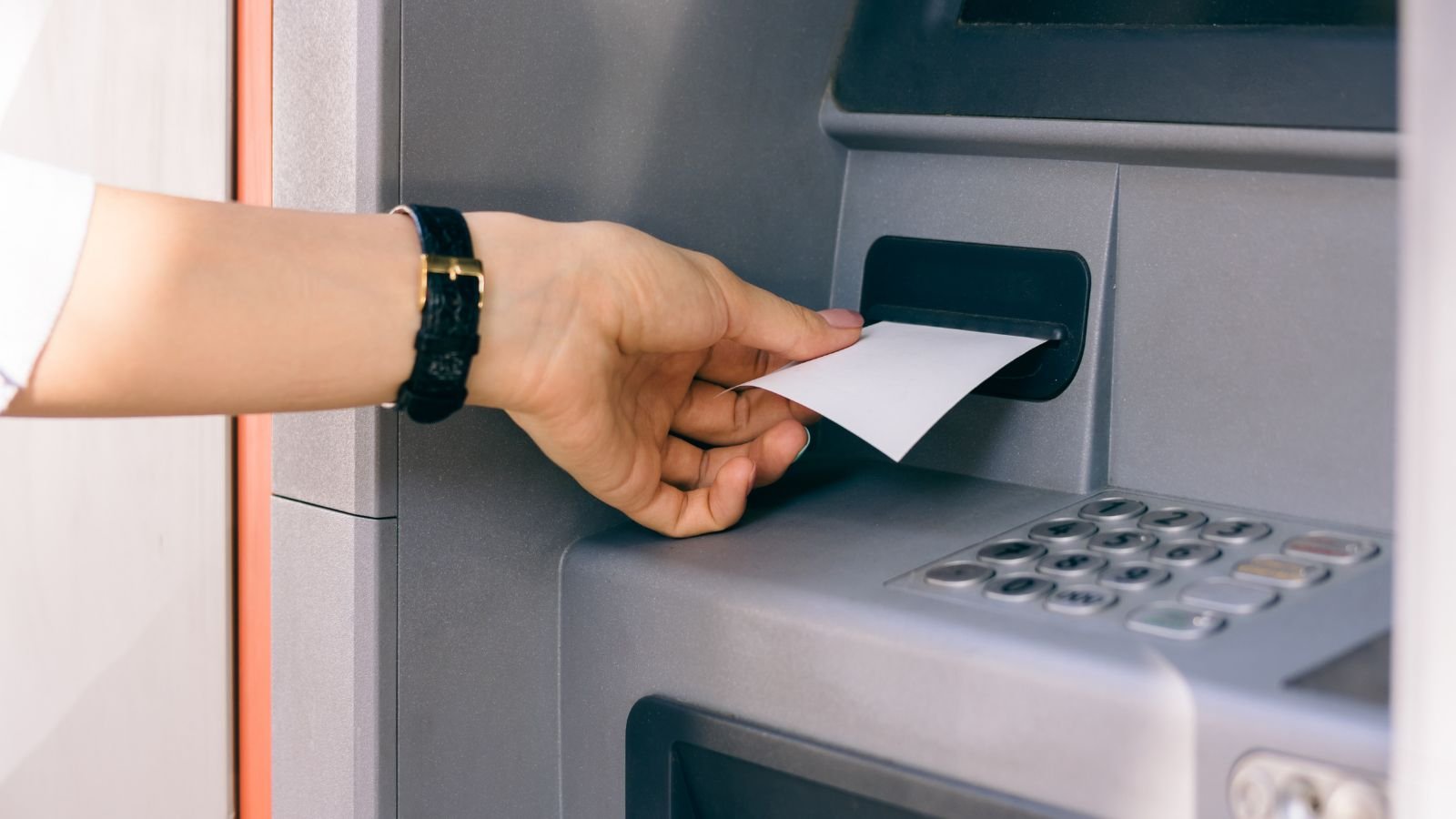Banks are financial institutions that offer several financial services to manage your money. But do you know how the bank makes money? As profit-driven organizations, they also need money to run a business and make a profit. Banks use your money to make more through their services and products. They charged various interest rates and fees. understanding these charges can help you save money, avoid unnecessary costs, and make more informed decisions.
Interest on Loan

Banks often lend your money to individuals or businesses and charge interest. This is one of the most common ways for banks to make money. These interest rates can vary based on your credit score. For example, if the current personal loan interest rate is 12 percent, having a good credit rating may qualify you for a low interest rate. While with poor credit ratings, these interest rates could surge over 30 percent.
Interest on Credit Cards

Credit cards are another popular way for banks to charge interest and earn money. Banks issued credit cards for the customer’s convenience and charged interest on the unpaid balance at the end of the month. If you forget to clear your dues by the due date, you must pay interest daily on the unpaid balance. For example, if you have a $1000 balance on your card with an APR of 16 percent. You are supposed to pay 0.044 percent interest every day. This means at the end of the month, your dues will be $1013.20 instead of $1000.
Safe Deposit Box Fees

A safe deposit box is often used as a secure way to store valuable items at the bank. The bank charges a nominal fee to protect your valuable items in a safe deposit bank. The cost is usually between $15 and $100 per year for small boxes and $150 to $400 per year for larger boxes. Although the cost is nominal, these charges add up over time, especially for hundreds of customers.
Loan Originating Fees

The originating fee is a bank charge to process a loan application. Although not all banks charge this fee, you may end up paying it to some banks. It is also called a processing fee, underwriting fee, or sign-up fee, usually a fixed percentage of the total loan amount. Depending on the banks, this percentage ranges between 1 and 10 percent. It’s essential to check the originating fee before applying for a loan in a bank to save money.
ATM Fees

You are not supposed to use ATM services for free. The bank charges a fee for this as well to make money. The charges are usually deducted from your account balance for each transaction. Additionally, If you are using an out-of-network ATM, you have to pay extra, as you are paying not only the bank but also an ATM owner. To save money, always use the ATM in your bank’s network.
Late Payment Penalties

Banks offer various lending services such as credit cards, mortgages, and different types of loans. All these services are chargeable, and if you miss a payment on time, you will have to pay extra fees in the form of penalties. This adds up as one more way for a bank to make money off your money.
Currency Exchange

The bank also makes revenue by exchanging currency for foreign currency. They charge a fee above the actual exchange rate to make a profit. The cost can vary depending on the bank and the currency involved. However, some banks do not even charge a fee, but there is often a limit. For example, bank of America does not charge any money till $1000, and TD Bank allows customers to exchange currency without any fee if they have a qualifying account.
Investment Services Fees

Banks offer various investment services and charge fees in return. These services include investment and wealth management, advising investment strategies, and consultancy, all of which are chargeable. Banks charge a percentage of assets under management or a fixed fee for offering consultancy.
Account Closure Fees

If you close an account within some days of opening it, you have to pay a fee to close the account. The main objective of this fee is to discourage customers from closing their accounts. Usually, the bank charges $5 to $50 for closing an account within 90 days of opening it. To avoid this fee, it’s best to keep your account open for at least 180 days. While this is not a common way to generate revenue, it does add to the bank’s income.
Capital Market Services

Banks provide essential services such as capital market services, including underwriting, trading, and advisory services to customers. They charged a fee for these services to generate revenue. The charges can vary based on the services provided and the amount a business or individual invested. Some banks also charged a commission or percentage of a trade for trading services.
Overdraft Fees

Bank deducted overdraft fees when your checking account balance is negative, or you withdraw more money than you have in your account. The bank charges a fixed amount on every transaction to cover that shortfall. The average overdraft fee per transaction is $29. However, many banks reduced the fee or eliminated it to some extent due to pressure from federal regulators and consumer advocates.
Monthly Maintenance Charges

Several banks charge monthly maintenance fees to customers for providing banking services. This fee helps the bank generate income and maintain consumer accounts. However, some banks waive this fee if you maintain a minimum balance in your account. For example, you must pay $6.95 and $8.95 per month in the US bank, but you can avoid it by maintaining a $1,500 balance or $1,000 in direct deposits.
Balance Transfer Fees

Banks charge a balance transfer fee for transferring debt from one loan or credit card to another. You have to pay a percentage of your total amount, which could range between 3 percent to 5 percent. This fee varies depending on the bank, the card you sign up for, and the amount of your debt. Banks generate significant revenue through this service, especially from the customers who use this service quite frequently to manage high-interest debt.
